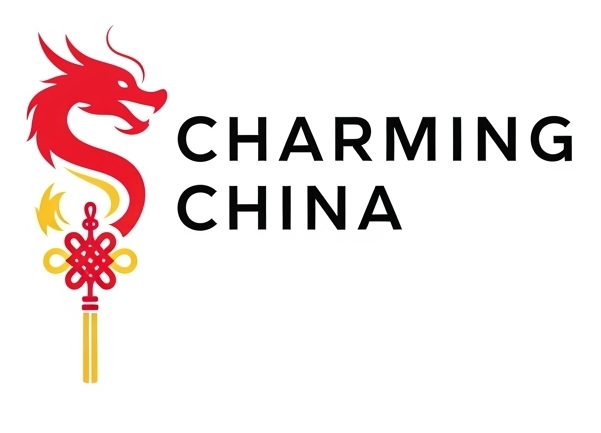Brush Painting
Chinese Brush Painting (国画, Guóhuà) is a traditional visual art form that uses ink and brush on paper or silk to express the essence of nature, emotion, and spirit. Rather than realistic depiction, it focuses on capturing the energy (气, qì) and spirit (神, shén) of the subject.
Rooted in over 2,000 years of history, it blends visual art with Chinese philosophy, particularly Daoism, Confucianism, and Buddhism.
Characteristics of Chinese Brush Painting
| Feature | Description |
|---|---|
| Medium | Ink and watercolor on Xuan paper or silk |
| Tools | Brush, ink stick, inkstone, paper – known as the "Four Treasures" |
| Brush Strokes | Expressive, varied, and symbolic |
| Emphasis | Inner spirit over outward appearance (写意 over 写实) |
| Subjects | Nature (mountains, rivers, flowers, birds), figures, and scenes of daily life |
A Brief History of Chinese Brush Painting
| Era | Artistic Development |
|---|---|
| Han Dynasty (206 BCE–220 CE) | Early landscape motifs and figure painting emerge |
| Tang Dynasty (618–907) | Golden age; color becomes widely used |
| Song Dynasty (960–1279) | Focus on literati painting; nature becomes central theme |
| Yuan Dynasty (1271–1368) | Ink dominates; rise of scholarly and individualistic expression |
| Ming & Qing Dynasties | Refinement of personal styles; flourishing of schools and techniques |
Brush painting evolved alongside calligraphy, often created side-by-side as one composition.
Main Styles of Chinese Painting
1. Gongbi (工笔) – Meticulous Brushwork
- Highly detailed, realistic
- Often used for birds, flowers, and court art
- Rich in color and ornament
2. Xieyi (写意) – Freehand or "Sketching the Idea"
- Expressive, spontaneous
- Emphasizes mood over form
- Favored by scholars and poets
3. Shanshui (山水) – Landscape Painting
- "Mountain and water" painting
- Often monumental and poetic
- Explores the relationship between humans and nature
Common Themes and Symbolism
| Subject | Symbolic Meaning |
|---|---|
| Bamboo | Integrity, resilience, and modesty |
| Plum Blossom | Strength through adversity (blooms in winter) |
| Orchid | Grace and humility |
| Lotus | Purity rising from the mud |
| Birds & Flowers | Harmony and seasonal beauty |
| Mountains & Rivers | Spiritual refuge and balance with nature |
Each subject is more than an image—it's a philosophical statement.
Famous Brush Painting Masters
| Artist | Dynasty | Notable For |
|---|---|---|
| Gu Kaizhi | Eastern Jin | Early figure painting |
| Fan Kuan | Song Dynasty | Monumental landscapes |
| Ma Yuan | Song Dynasty | One-corner compositions |
| Qi Baishi | Modern Era | Bold, lively flowers, shrimp, and simple strokes |
| Zhang Daqian | 20th Century | Fusion of classical and modern Chinese styles |
Brush Techniques in Painting
- Dotting (点) – Leaves, flowers, and texture
- Line Work (描) – Structure and outline
- Wash (渲) – Shading and atmosphere
- Flying White (飞白) – Dry-brush effect for texture
- Ink Play (泼墨) – Spontaneous splashes of ink, especially in modern interpretations
The brushstroke is not just technique—it's a reflection of emotion and intent.
The Modern Revival of Chinese Brush Painting
- Contemporary artists blend it with modern media
- Workshops & schools worldwide teach this art
- Cultural festivals often feature live demonstrations
- Interior designers use brush painting in home decor, wallpaper, and fashion prints
Today, brush painting continues to evolve while preserving its deep spiritual and cultural roots.
How to Begin Learning Brush Painting
- Study traditional brush techniques (copying masters is encouraged)
- Learn calligraphy – it improves stroke control
- Understand Chinese symbolism & nature philosophy
- Use authentic tools – Brush, ink, and Xuan paper
- Practice mindfulness – Calmness enhances flow and form
Chinese brush painting is not just a form of visual expression—it's a spiritual journey. With every stroke, it seeks to unite man and nature, form and feeling, body and soul.
